Every year, the forests, oceans, grasslands, tundra, and wetlands of this vast country grow a little quieter as familiar calls fade into silence. Although Canada is known for rugged expanses and seemingly endless resources, habitat loss, climate disruption, pollution, and industrial pressure are eroding that natural abundance. We look at 21 Iconic Canadian Wildlife Species Quietly Vanishing from Our Wilderness.
Woodland Caribou
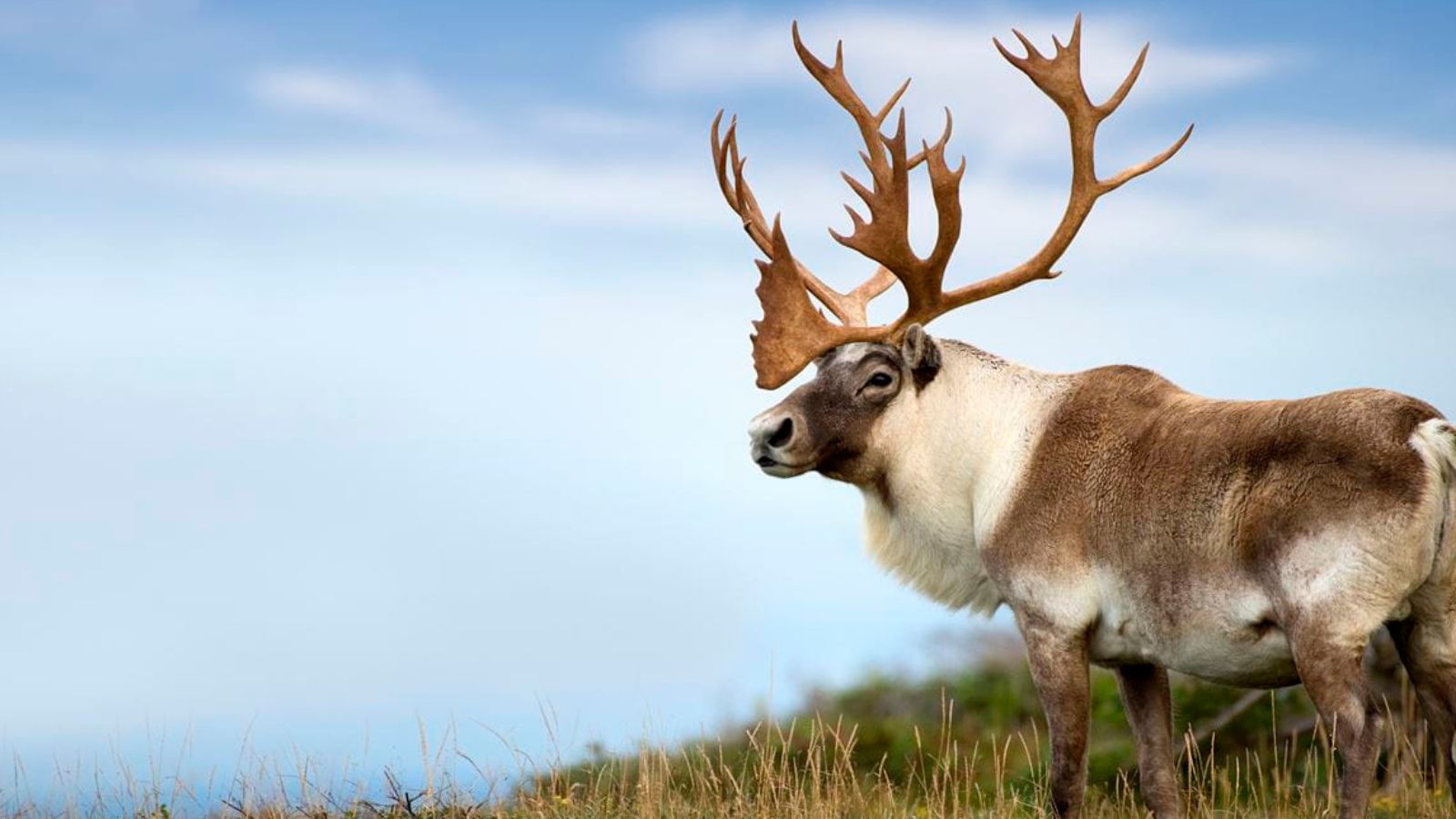
The haunting clack of caribou hooves once echoed through every Canadian province except the Maritimes, yet today most woodland herds are either shrinking or already extirpated. Clear‑cut logging has fragmented old‑growth spruce and pine forests, forcing the wary animals into smaller pockets where predators have an easier time hunting calves. Climate change compounds the problem by altering lichen growth, the very winter food caribou depend on, and deepening snow that slows their escape. If intact boreal corridors cannot be protected soon, an entire facet of northern identity will disappear along with them.
Polar Bear

Iconic and powerful, polar bears are nonetheless prisoners of sea ice. As summers last longer and freeze‑ups arrive later, hunting seasons shorten, pushing mothers closer to starvation and reducing cub survival. Bears make longer swims between floes, burning fat reserves once stored for denning. Communities in Nunavut and northern Manitoba see more bears wandering near towns as they scavenge rather than stalk seals. The world’s appetite for fossil fuels is literally melting the landscape beneath their paws, making the species a thermometer for planetary health.
Atlantic Salmon
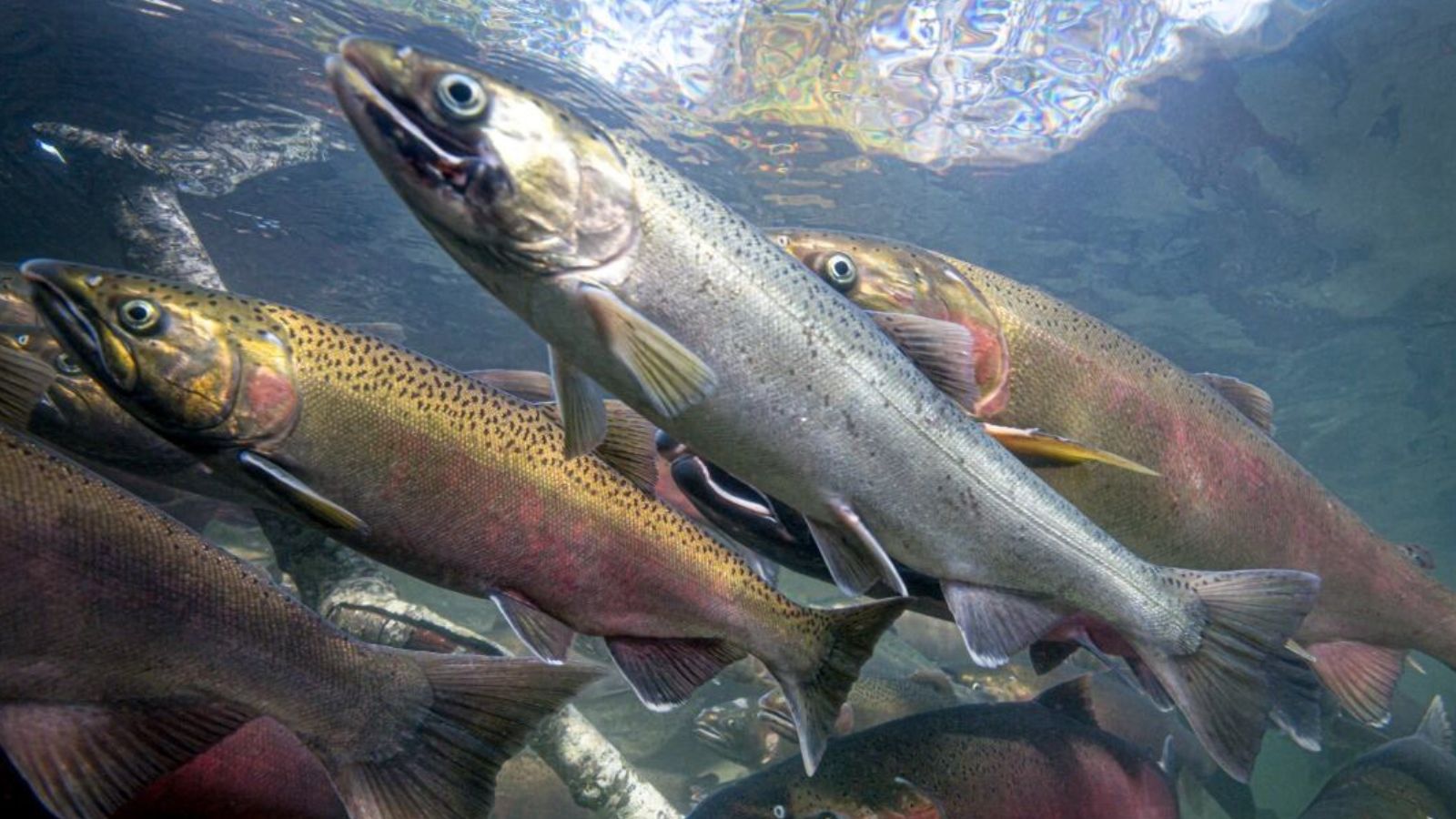
For centuries, enormous salmon runs surged up the Miramichi, Restigouche, and LaHave Rivers, sustaining Mi’kmaq communities and later fly‑fishers from around the world. Today those runs are a shadow of their former strength, hammered by warming rivers, open‑net pens that spread parasites, and dams that block migration routes. At sea, altered currents have shifted prey fish northward, leaving salmon with less to eat during their critical ocean phase. Without rapid reforms in aquaculture, free‑flowing river restoration, and ambitious climate goals, the silver ghosts of Atlantic waters may vanish for good.
Monarch Butterfly
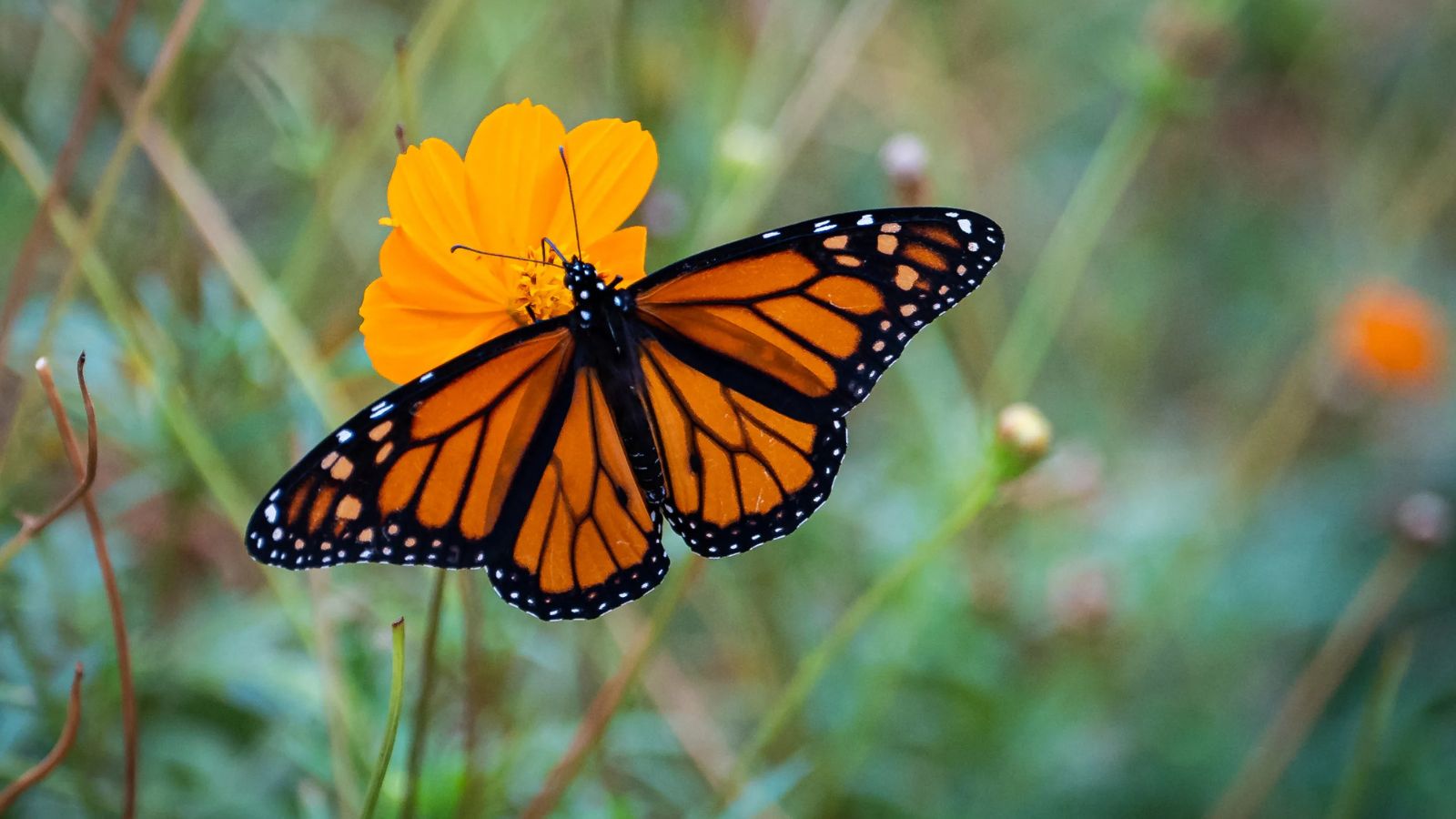
Every autumn, millions of bright orange monarchs flutter across southern Canada, navigating invisible highways toward high‑altitude forests in Mexico. Milkweed loss along their route, from herbicide use and roadside mowing, means fewer eggs laid and fewer larvae surviving. Drought in prairie breeding grounds and illegal logging at Mexican overwintering sites add further strain. The monarch’s epic migration is one of nature’s greatest spectacles; letting it unravel would erase a living bridge that links three nations in shared stewardship.
Burrowing Owl
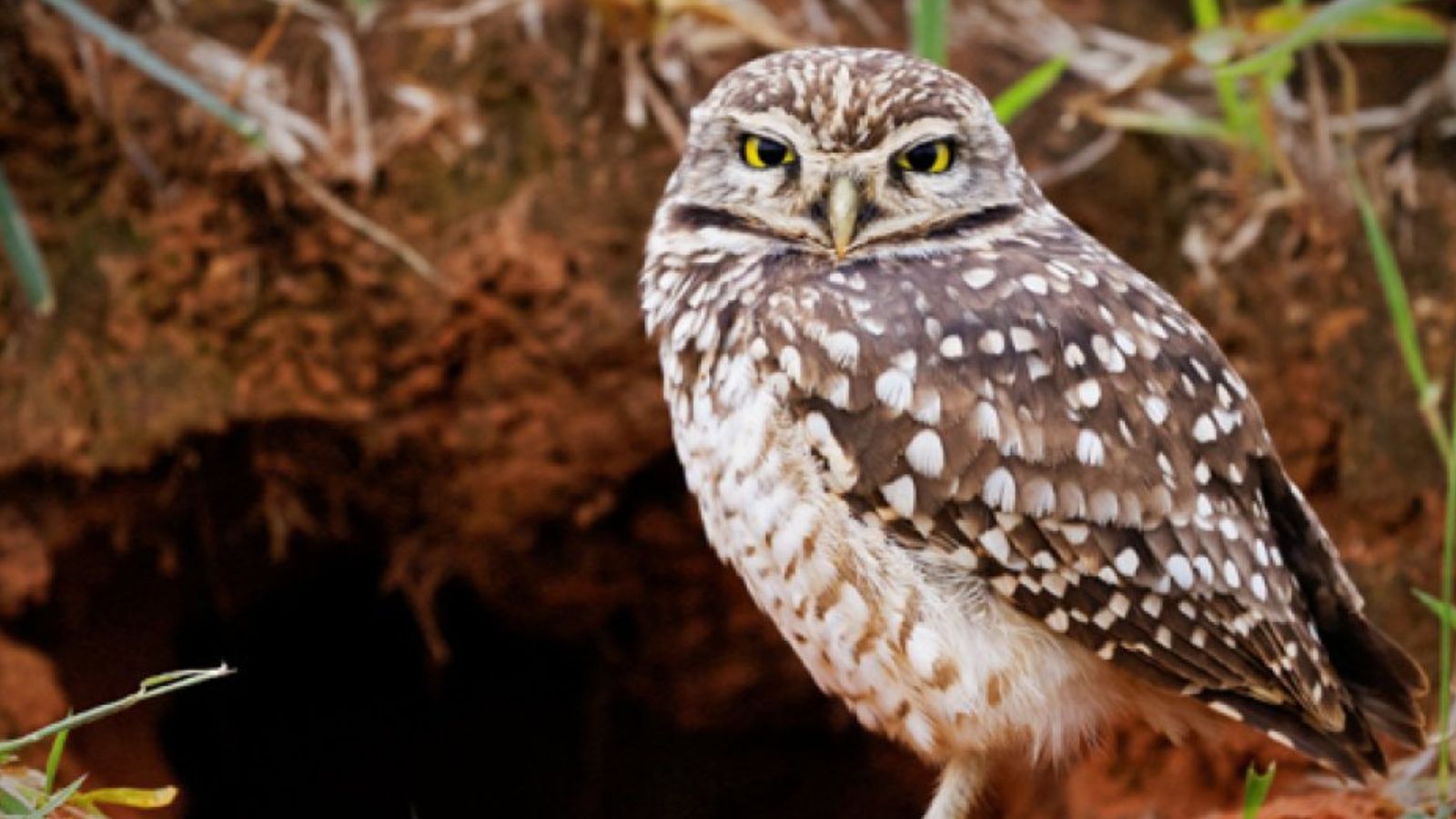
Standing barely 25 centimetres tall, burrowing owls rely on abandoned badger or ground‑squirrel dens on open prairie. As native grasslands give way to crop monocultures and energy infrastructure, suitable nesting tunnels vanish. Vehicle collisions, pesticides that reduce prey insects, and predators drawn to roadsides further imperil these charismatic birds. Their quirky daytime hunting and endearing head‑bobbing are fast becoming memories across the Canadian Prairies. Restoring undisturbed rangeland is key to ensuring future generations can still witness their ground‑level flight.
St. Lawrence Beluga

Snow‑white belugas once filled the St. Lawrence Estuary with melodic whistles so loud they were dubbed “sea canaries.” Shipping lanes now hum where whales once sang, and industrial contaminants accumulate in beluga blubber, raising cancer rates and stillbirths. Ice cover stabilizes nursery waters, yet climate change is disrupting that, too. Protecting calving habitat from noise and chemical pollution is urgent if these social, family‑oriented whales are to continue rolling gracefully through Québec’s icy tides.
Wolverine
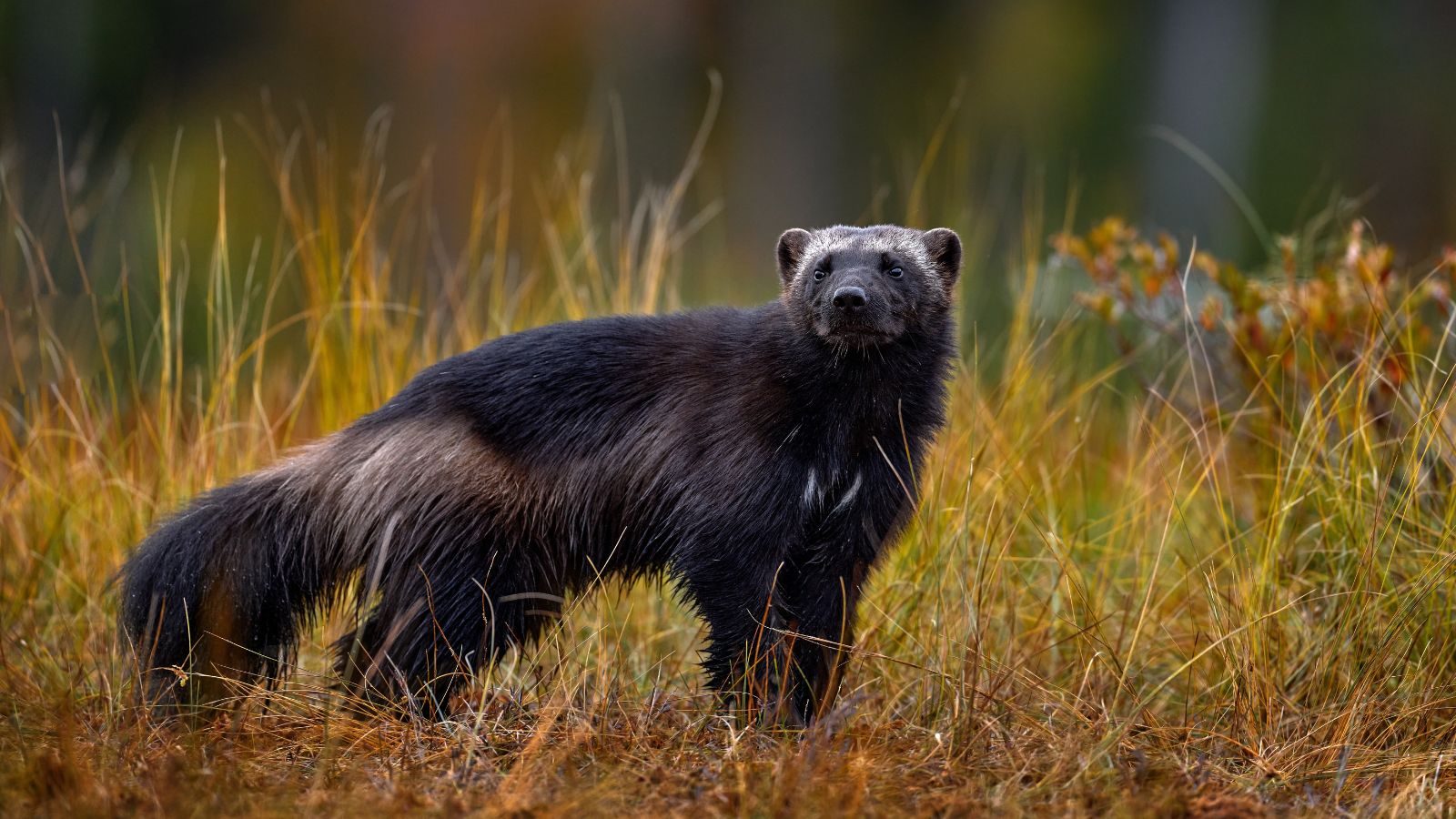
The wolverine’s fierce reputation masks a delicate dependence on late‑spring snowpack for denning and carcass storage. Warming temperatures are shrinking the cold, remote landscapes the species requires, while new mining roads invite disturbance deep into previously inaccessible territory. Low reproductive rates mean populations recover slowly after trapping or habitat loss. Losing the wolverine would erase a creature that symbolizes wilderness tenacity, a sentinel of the last truly wild places in western Canada.
Leatherback Sea Turtle

Weighing as much as a small car, leatherbacks glide thousands of kilometres from nesting beaches in the Caribbean to jellyfish‑rich Atlantic Canadian waters. Drifting plastic bags look like prey and clog their digestive system, while industrial fishing gear ensnares flippers and shells. Rising ocean temperatures push jellyfish blooms farther north, prolonging migrations and exhausting turtles. Without coordinated international protections, sightings of these prehistoric mariners off Nova Scotia could become vanishingly rare.
Peary Caribou
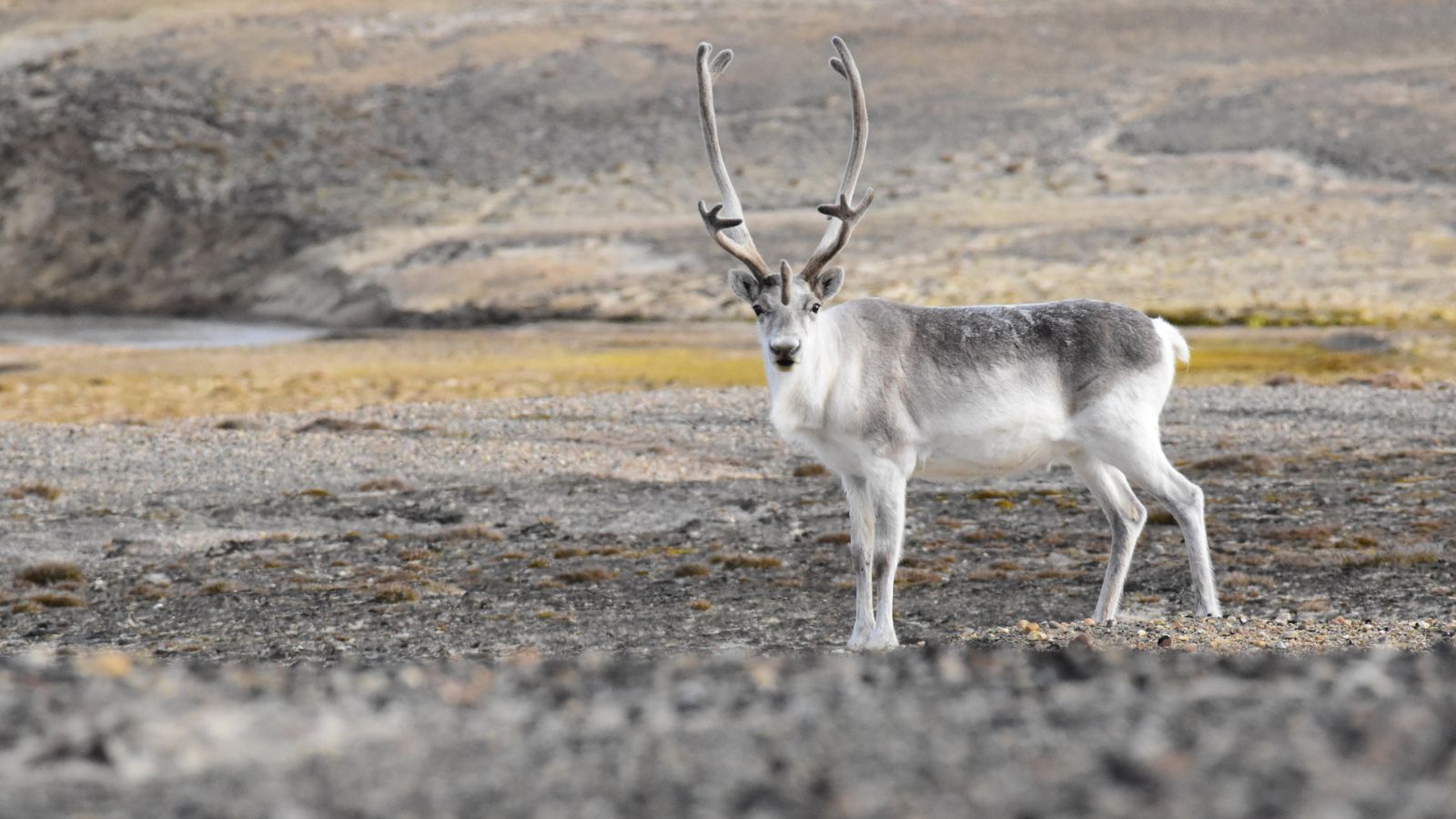
High‑Arctic Peary caribou subsist on scant lichens hidden beneath wind‑scoured snow crusts. Warmer winters now finish with heavy rainfall events that freeze solid, sealing forage under impenetrable ice. Isolated island herds then starve en masse, their numbers plummeting by more than seventy percent in a few decades. Protecting migration corridors, restricting disturbance from Arctic shipping, and combating climate change are critical to preserving this uniquely snow‑adapted subspecies.
American Eel
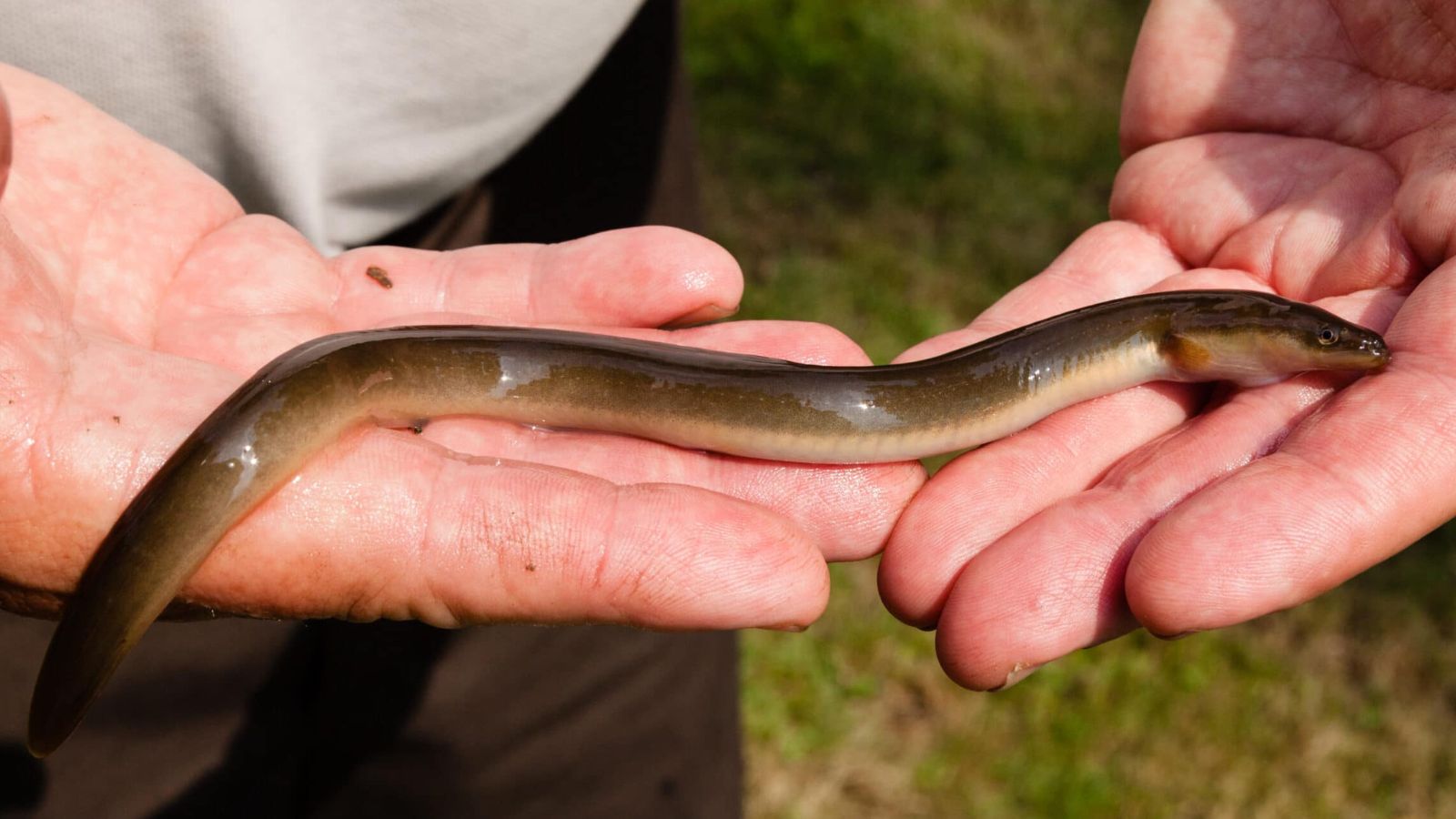
Slender and serpentine, American eels spawn only once, deep in the Sargasso Sea, then ride ocean currents to rivers as far inland as Ontario’s Ottawa Valley. Hydroelectric dams block their upstream journey and slice migrating adults in turbine blades on the way back to spawn. Overfishing glass eels for Asian markets worsens the decline. Restoring fish passage and regulating harvest are essential if this mysterious species is to keep linking Atlantic depths with inland lakes.
Prairie Grizzly Bear

Grizzlies once roamed grasslands from Manitoba to Alberta, foraging on bison carcasses and saskatoon berries. Today, only a few individuals wander the fringe of the foothills, hemmed in by highways, rail lines, and croplands. As genetic isolation increases, so does the risk of local extinction. Reconnecting river valleys and limiting human‑bear conflict could help restore the sweeping prairie landscapes that once sustained this emblematic giant.
Narwhal
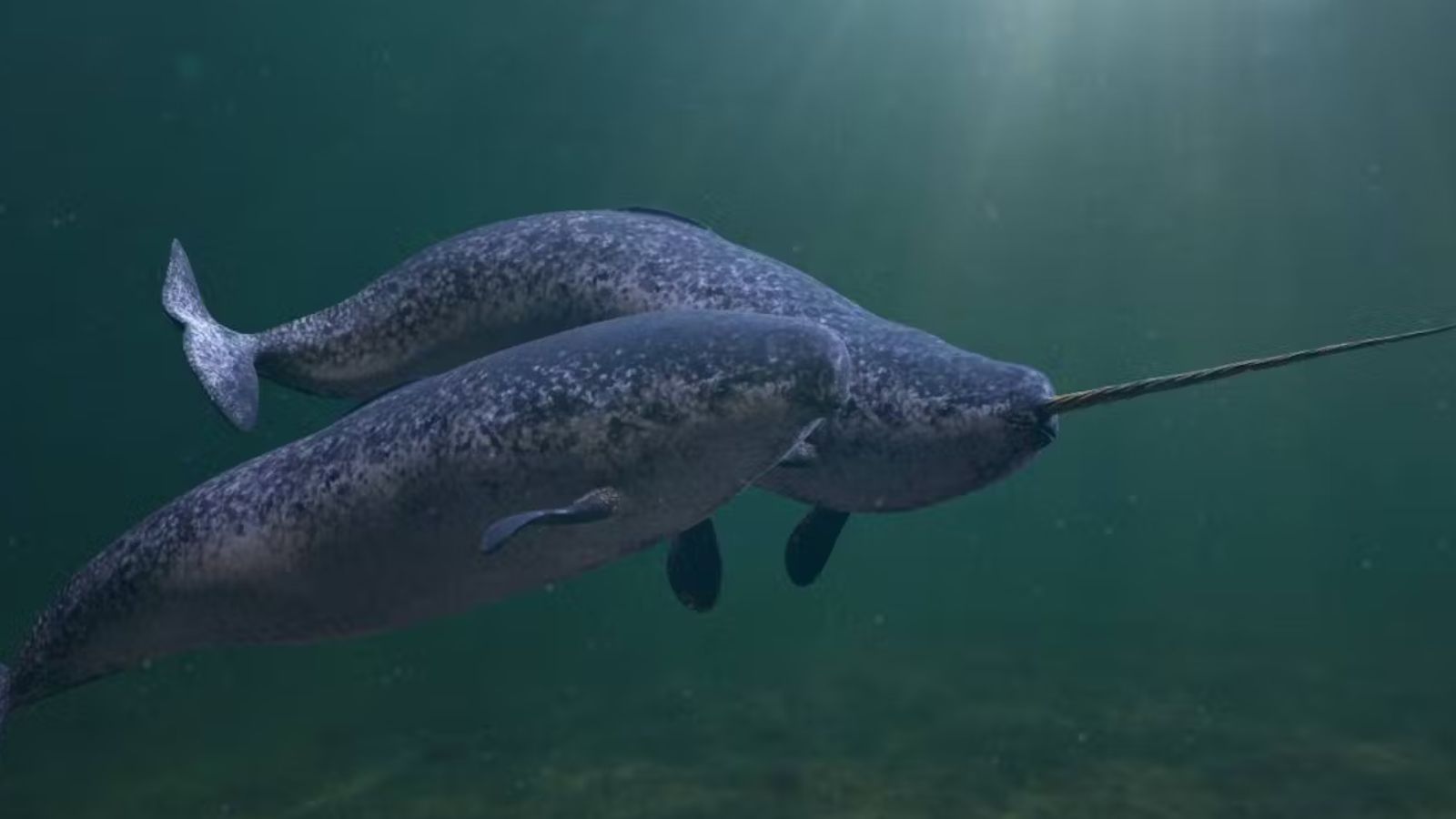
Known as the “unicorn of the sea,” narwhals rely on stable winter sea ice to shelter from killer whales and access deep fjords for Arctic cod. Accelerated ice loss forces them into unfamiliar open water where predators lurk and industrial ships penetrate. Noise pollution disrupts echolocation, hindering their ability to navigate labyrinthine ice channels. Protecting critical habitat from seismic exploration is vital to safeguarding this enigmatic tusked whale.
Blanding’s Turtle
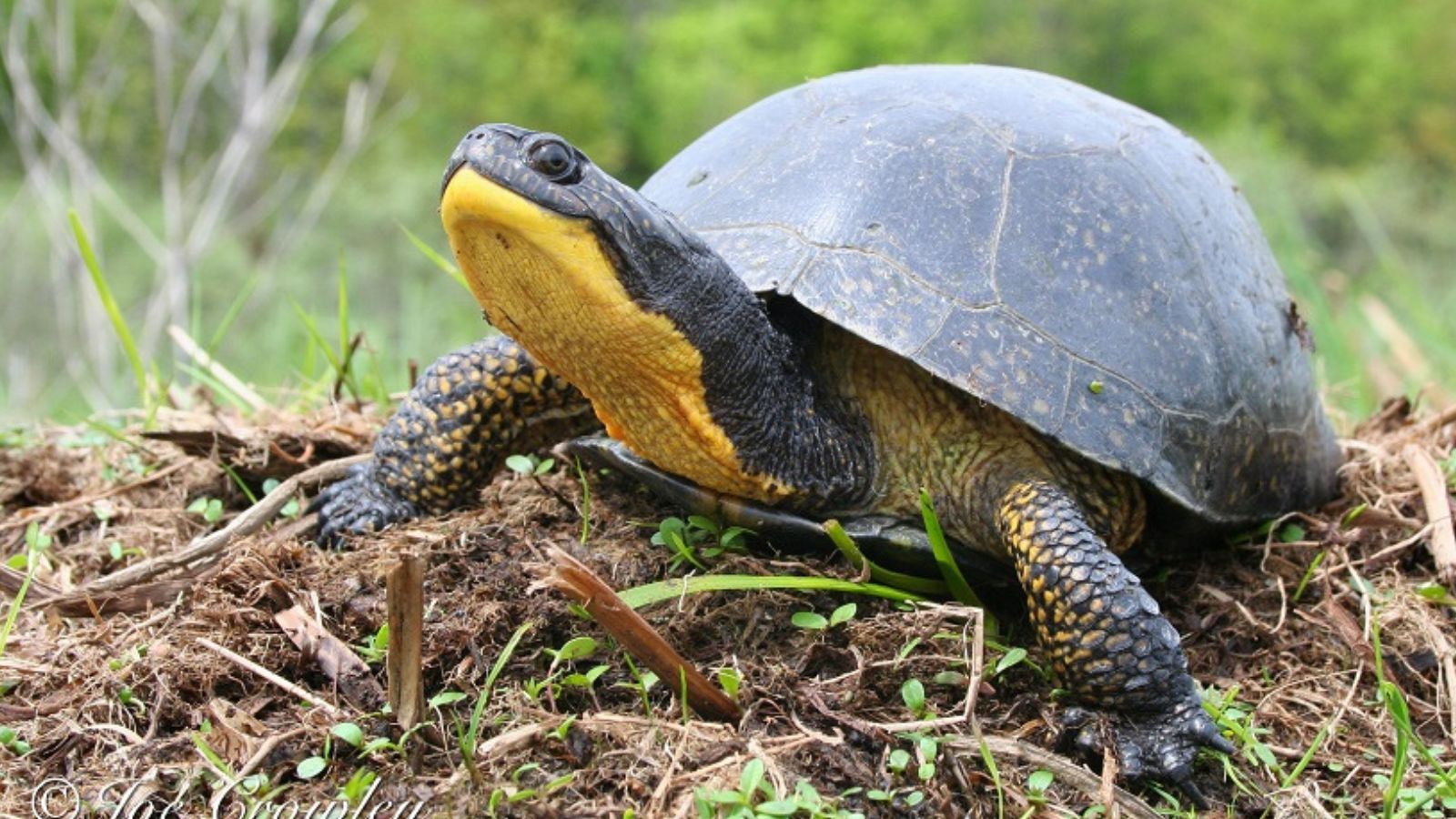
With a permanent grin etched on its bright yellow chin, the Blanding’s turtle is both charismatic and vulnerable. Slow to mature, breeding at nearly twenty years old—the species cannot rebound quickly from road mortality or wetland drainage. Cottage development around Ontario’s Shield lakes and Nova Scotia’s coastal bogs has fragmented nesting habitat. Long‑term pond protection and turtle‑friendly culverts remain the best hope for this cheerful yet imperilled reptile.
Snowy Owl

Their fierce yellow eyes and ghost‑white plumage inspire folklore, yet snowy owls suffer when lemming populations crash. Climate‑driven changes in Arctic prey cycles force owls to migrate farther south, where collisions with vehicles, power lines, and airplanes increase. Rodenticides build up in their tissues after consuming poisoned rats around city airports. Ensuring healthy tundra food webs will keep these majestic migrants gliding across winter skies rather than ending lifeless beside runways.
Thick‑billed Murre

Colonies of thick‑billed murres crowd Nunavut cliffs every summer, their raucous calls bouncing off rock walls as they dive hundreds of metres for fish. Melting sea ice alters plankton timing, leaving prey scarce when chicks hatch. Oil spills and plastic pollution further threaten food supply and adult survival. Establishing marine protected areas around nesting sites would buffer these expert divers from an increasingly unpredictable ocean.
Marbled Murrelet
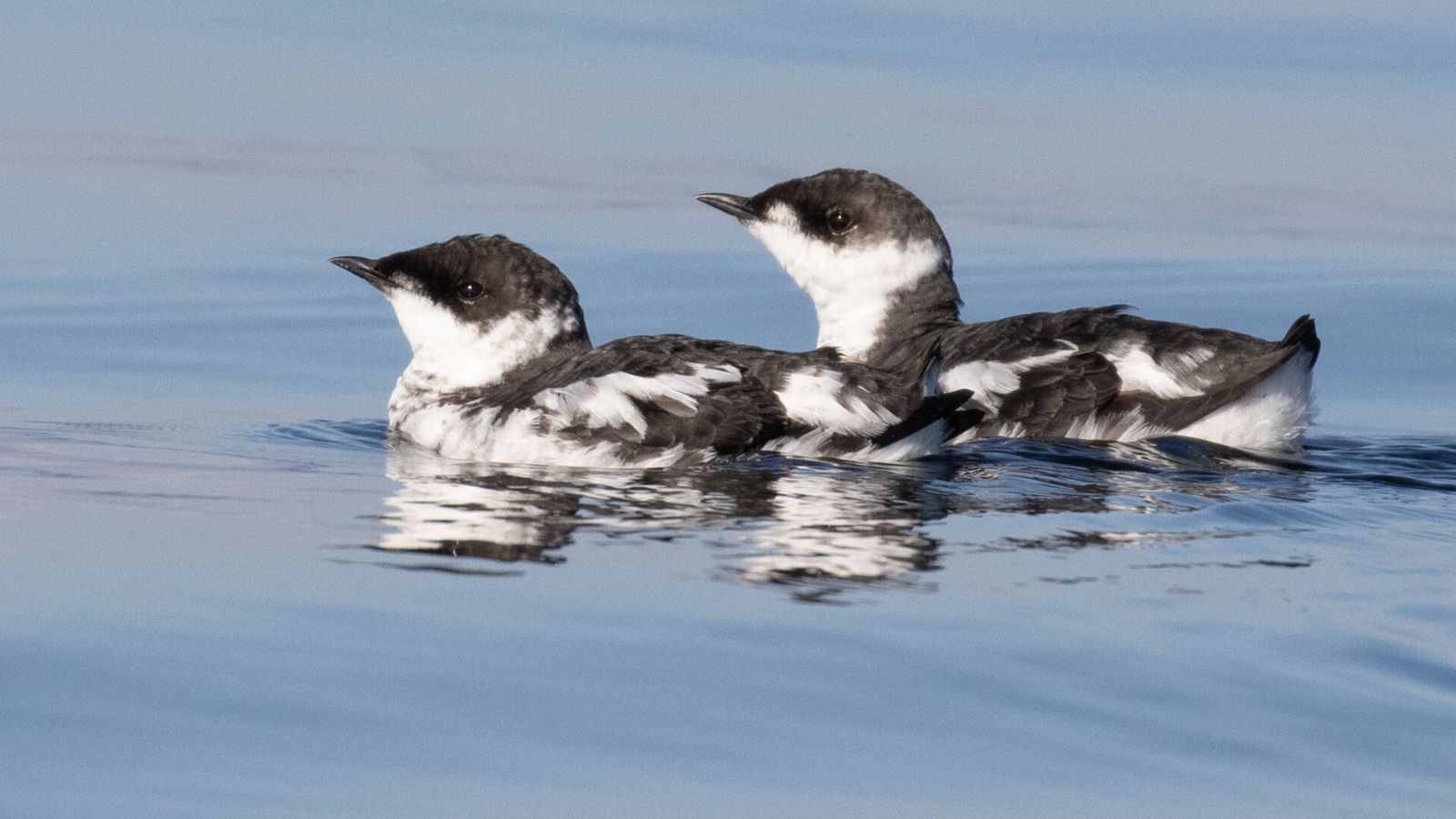
Unlike most seabirds, marbled murrelets nest high in mossy coastal old‑growth trees, making them doubly sensitive to logging. Clear‑cutting British Columbia’s ancient cedars removes crucial nest platforms, while marine heatwaves deplete the fish they feed their chicks. Without legally enforced old‑growth preservation and fisheries management addressing ecosystem shifts, the bird nicknamed the “fog lark” could vanish before most Canadians ever glimpse its twilight silhouette.
Rusty Blackbird

Once common in boreal bogs, rusty blackbirds have lost close to ninety percent of their numbers in forty years. Wetland drainage, mercury contamination, and changing insect emergence patterns batter populations. During migration, they congregate in flooded bottomlands now being converted to agriculture across the southern United States. Protecting northern peatlands and restoring southern stopover sites offer a two‑pronged lifeline to this overlooked songbird.
Short‑eared Owl

Patrolling open marshes with moth‑like wingbeats, short‑eared owls nest on the ground among grasses easily flattened by cattle or ATV use. Agricultural intensification eliminates vole prey, while pesticide drift taints the insects that sustain chicks. The owl’s broad migration range subjects it to threats across continents, yet conservation remains fragmented. Safeguarding prairie potholes and encouraging wildlife‑friendly haying practices could reverse its downward slide.
Greater Sage‑Grouse

Few sights rival male sage‑grouse inflating bright air sacs in dawn courtship dances, yet less than two hundred birds remain in Canada. Energy leases carve up sagebrush flats, while fence collisions and West Nile virus further decimate numbers. Climate change intensifies wildfires that convert sage into cheat‑grass, erasing critical lek habitat. Coordinated transboundary management with U.S. states is essential to keep this charismatic dancer on the Canadian stage.
Atlantic Puffin

Nova Scotia’s isolated islands host Canada’s only puffin colonies, their clownish beaks brightening summer cliffs. Rising sea‑surface temperatures push capelin prey northward, forcing adults to fly farther with fish for chicks. Storm‑washed plastic hampers nest burrows and entangles fledglings. Creating fisheries quotas responsive to ecosystem shifts and cleaning marine debris could give these beloved “sea parrots” a fighting chance to keep bobbing in Canadian swells.
Southern Resident Killer Whale
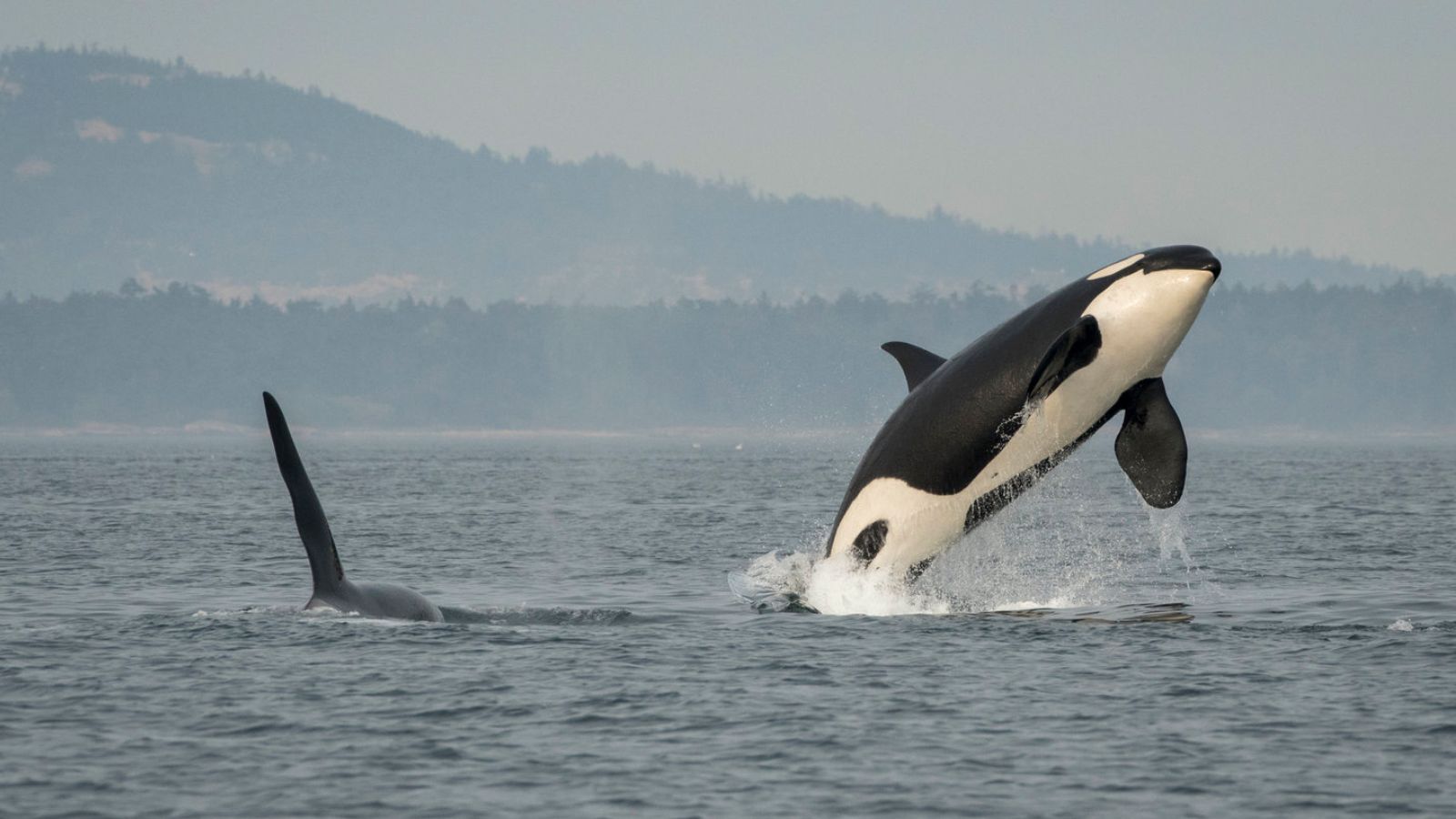
Fewer than eighty individuals remain in the Pacific’s southern resident killer whale population. Chinook salmon scarcity leaves pods underfed, while vessel noise drowns out their echolocation, disrupting hunting and family cohesion. Toxic pollutants accumulate in blubber, compromising immune systems and reproduction. Restoring salmon rivers, enforcing speed limits in whale corridors, and tightening chemical regulations represent the last, best opportunity to prevent this culturally rich clan from fading into silence.
22 Times Canadian Ingenuity Left the U.S. in the Dust

When people think of innovation, they often picture Silicon Valley. However, Canada has a history of innovation, too. Whether it’s redefining sports, revolutionizing medicine, or just showing America up at its own game, Canadian inventors, thinkers, and dreamers have had their fair share of mic-drop moments. Here are 22 times Canadian ingenuity left the U.S. in the dust.
22 Times Canadian Ingenuity Left the U.S. in the Dust
